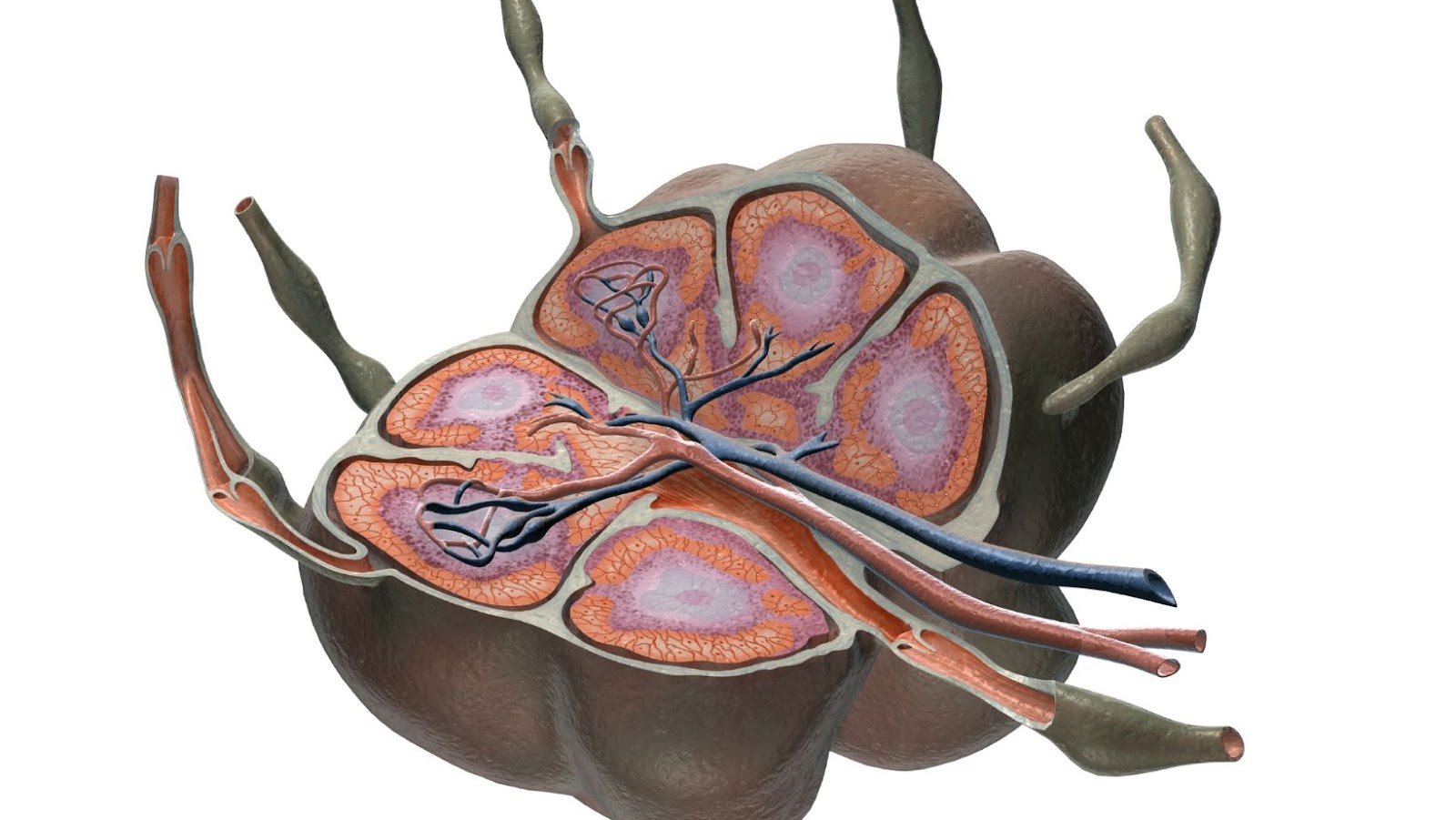Lymph Transport is a Vital Process in the Body
Select the Correct Statement About Lymph Transport.
When it comes to understanding lymph transport, it’s important to select the correct statement. The lymphatic system plays a vital role in our overall health, helping to remove waste and toxins from the body. But how exactly does lymph move throughout our system? Let’s explore some key facts about lymph transport.
One important fact is that lymph is transported through a network of vessels similar to blood vessels called lymphatic vessels. These vessels are responsible for carrying lymph, which consists of fluid, proteins, and immune cells, throughout the body. Unlike blood circulation that relies on the heart’s pumping action, lymphatic vessels rely on other mechanisms to facilitate movement.
Another crucial point is that muscle contractions play a significant role in propelling lymph through the vessels. As we move and engage our muscles through activities like exercise or even simple daily movements, these contractions help squeeze the surrounding lymphatic vessels and push the fluid forward.
Additionally, another mechanism involved in lymph transport is the rhythmic contraction of specialized smooth muscles within larger lymphatic vessels called “lymphangions.” These contractions create wave-like movements known as peristalsis, causing the fluid to flow in one direction towards its ultimate destination – the thoracic duct or right lymphatic duct.
What is Lymph?
Lymph is a vital component of our immune system, playing a crucial role in maintaining our overall health and well-being. It is a clear fluid that circulates throughout the body, carrying important substances such as white blood cells, proteins, and waste products.
Here are some key points to understand about lymph:
- Formation: Lymph originates from the interstitial fluid found in the body’s tissues. As blood plasma filters through the capillary walls, it leaves behind essential nutrients for cells to use and picks up cellular waste and toxins. This filtered fluid then becomes lymph.
- Composition: Lymph consists of water, electrolytes, fats, proteins, hormones, enzymes, immune cells (such as lymphocytes), and other cellular debris. Its composition may vary depending on the location within the body or any underlying conditions present.
- Transport: Unlike blood that flows through a closed circulatory system with the heart acting as its pump, lymph lacks a central organ for circulation. Instead, it moves through an extensive network of vessels known as the lymphatic system. The rhythmic contractions of skeletal muscles surrounding these vessels help propel lymph forward.
- Immune Function: One of the primary functions of lymph is to support our immune system by transporting immune cells to different parts of the body where they are needed most. These specialized cells help identify and eliminate pathogens like bacteria or viruses while also removing damaged or abnormal cells.
- Drainage: Another crucial role of lymph is to drain excess interstitial fluid back into circulation. This process ensures proper tissue hydration while preventing swelling or edema caused by fluid buildup.
Understanding what lymph is and how it works is essential for comprehending its significance in maintaining optimal health and immunity. From its formation in tissue spaces to its transport through a complex network of vessels, this clear fluid plays a vital role in supporting various aspects of our well-being.
Lymphatic System
Anatomy of the Lymphatic System
The lymphatic system is a crucial part of our body’s immune system, working alongside the circulatory system to help protect us from infections and diseases. It consists of various components, including lymph nodes, lymph vessels, and organs such as the spleen and thymus.
Lymph nodes are small bean-shaped structures scattered throughout the body. They act as filtering stations for lymph fluid, which carries waste products, toxins, and pathogens away from tissues towards these nodes. Within the lymph nodes, specialized cells called lymphocytes help identify and destroy harmful substances before returning the filtered fluid back into circulation.
Lymph vessels form an extensive network that parallels blood vessels throughout the body. These vessels collect excess interstitial fluid (lymph) from tissues and transport it towards larger collecting ducts. Unlike blood vessels that have a central pump (the heart), lymph vessels rely on muscle contractions and surrounding tissue movement to propel the fluid forward.
Functions of the Lymphatic System
The primary functions of the lymphatic system are essential for maintaining overall health:
- Fluid Balance: The lymphatic system plays a crucial role in maintaining proper fluid balance within our bodies. It helps return excess interstitial fluid back into circulation while preventing swelling or edema in tissues.
- Immune Response: One of its main functions is to support our immune response by trapping foreign particles such as bacteria, viruses, or cancer cells within its network of lymph nodes. This allows immune cells present in these nodes to recognize and eliminate any potential threats.
- Nutrient Absorption: The lacteals within our small intestine absorb dietary fats via specialized structures called villi. These fats are then transported through lymphatic vessels in a milky white substance called chyle before eventually entering circulation.
- Waste Removal: The lymphatic system also aids in removing waste products, toxins, and cellular debris from tissues. By collecting these waste materials through lymphatic vessels, it helps keep our body clean and free from harmful substances.


